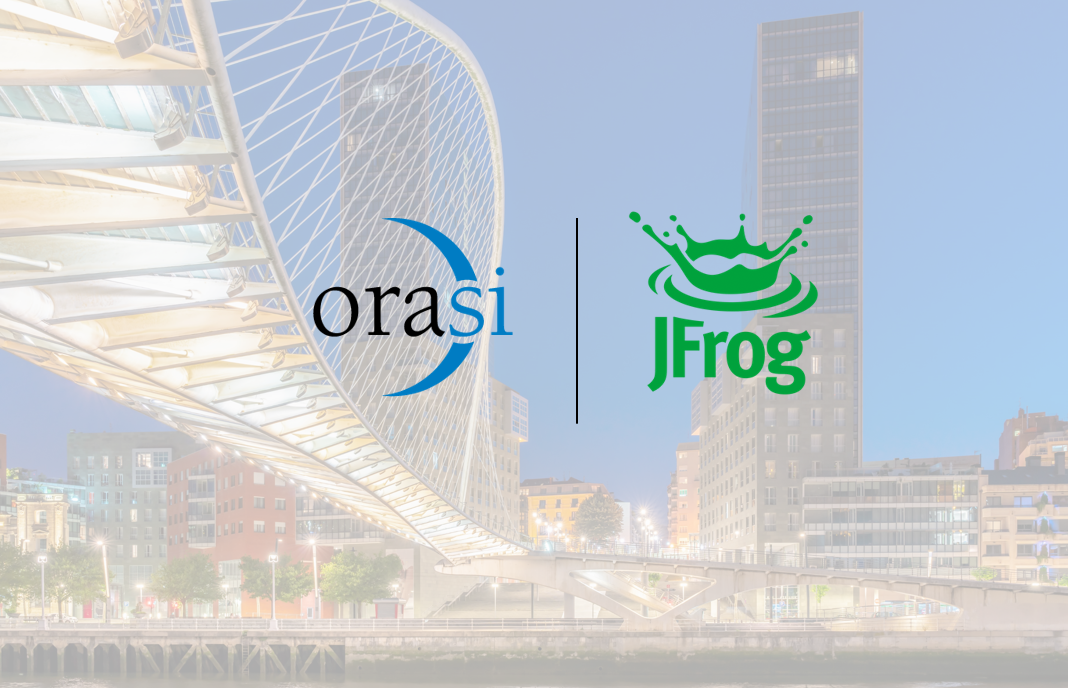By: Karl Rubin, COO
Much has changed between the applications of yesterday and the ones we build and use today. If earlier applications were monolithic, had long development cycles, and maintenance-intensive, today’s applications are built on an agile framework, interactive, and easy to modify.
An agile framework is a fundamental need for enterprises because they cannot afford to work with applications that can result in delays, hidden costs, latency, and long delivery cycles.
The current business environment is all about agility, customer responsiveness, and digital transformation. Enterprises need applications that are agile, fast, and easy to modify to transform their business and provide great customer service.
Key elements of modern application development
Modern application development is driven by some key elements that define how an application is conceived, mapped, and designed. This distinction also shapes how applications are coded, modified, tested, and deployed.
1. Microservices: Application code and dependencies are packaged in unique and separate blocks that allow for quick architecture portability regardless of the core infrastructure. This allows for modifications to the code for changes to be made in the containers without affecting the core.
2. Modularity: Applications can scale up and down based on an enterprise’s unique business requirements. They can adapt to various models and be modified and tweaked easily across the IT environment. The containerization aspect also aids in the reusability of components and functional use of application code pieces.
3. Cloud-native architecture: This enables applications to fit into the unique environments, scalability, workload provisioning, and working of a cloud.
4. DevOps: An approach that breaks the silos between development and operations so that these teams can work in collaborative environments and figure out production issues well in advance.
5. AI and abstraction: Intelligence and virtualization are at the core of application development, testing, and deployment. The availability of sophisticated orchestration tools and management frameworks makes it easy to abstract the entire application.
6. Automation and agility: Applications are designed so that they can be scaled or modified according to varying needs. They can be reconfigured into smaller and incremental builds with continuous integration and deployment.
7. APM: Application performance monitoring (APM) is administered in a continuous, iterative, and incremental manner to spot issues proactively. This helps to resolve issues prior to production-readiness.
8. Rapid development tools: With event-driven programming and built-in features, applications can leverage workload-portability and deployment with ease. The presence of some well-stacked solutions helps to reduce the complexity of modern-day application assembly lines. This enables application teams to add in features to optimize availability, functionality, and performance without slowing down the application itself.
As we can see, the core application development greatly differs from what it was before. Modern applications are geared to the end user’s needs and environments – from day one.
The future is happening
As enterprises chart the fast trajectory of digital transformation, they need applications that support this explosive growth.
The global digital transformation market size was $284.38 billion in 2019 and is expanding at a compound annual growth rate (CAGR) of 22.5 percent from 2020 to 2027. Even the small and medium enterprise segment is estimated to show a surge at the highest CAGR of over 24 percent over the forecast period – as Grandview Research adds.
As the world embraces more devices on the endpoint, the Internet of Things, and new digital advancements, this path would require even more dependence on applications and agility. The growth of the digital wave will be both in terms of breadth and depth – as people would gravitate towards more adoption of new kinds of devices.
That means enterprises need more and more adaptable, elastic, responsive, and agile applications. That is what defines modern applications. That’s what ultimately leads to true digital DNA and true agility in business.



